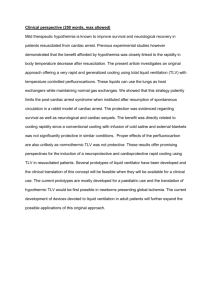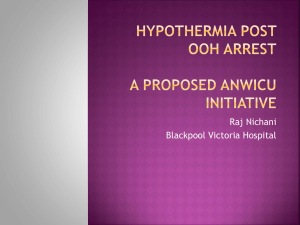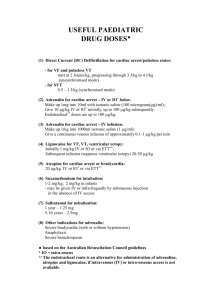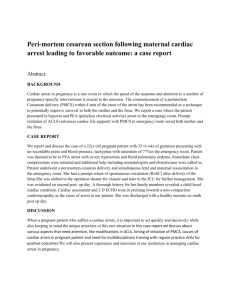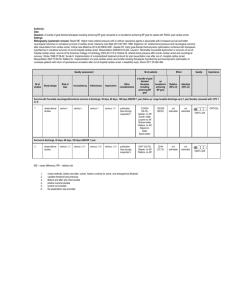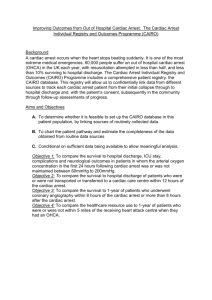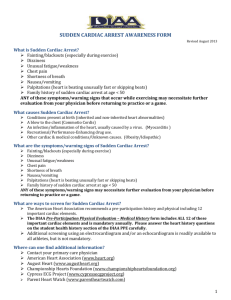Chillin
advertisement
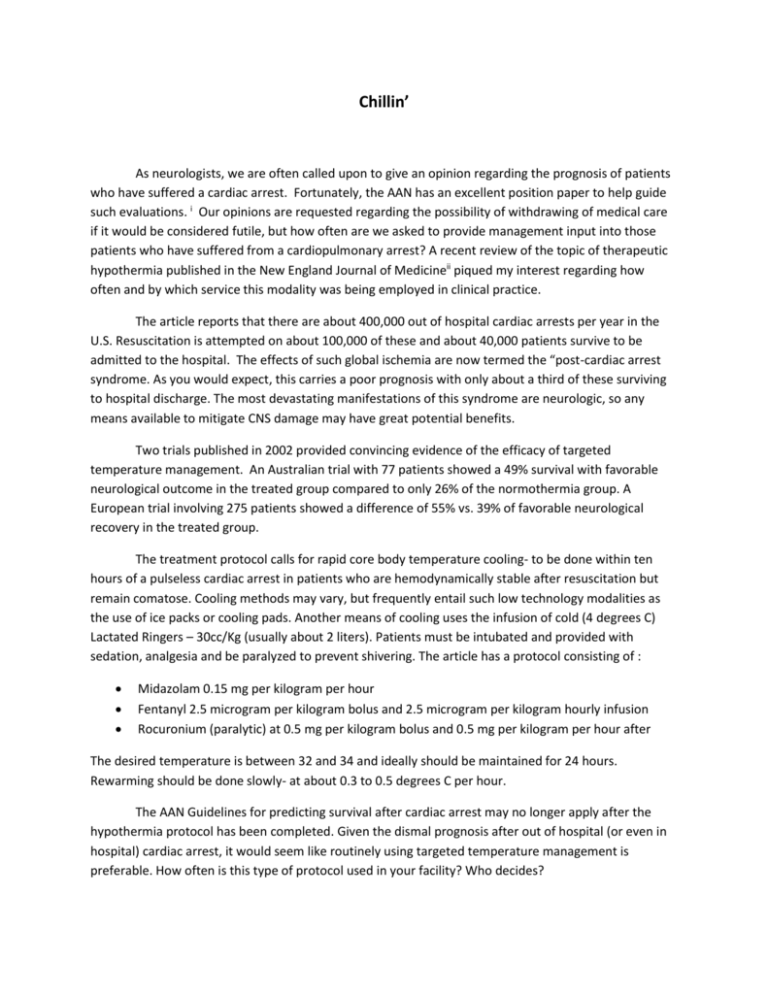
Chillin’ As neurologists, we are often called upon to give an opinion regarding the prognosis of patients who have suffered a cardiac arrest. Fortunately, the AAN has an excellent position paper to help guide such evaluations. i Our opinions are requested regarding the possibility of withdrawing of medical care if it would be considered futile, but how often are we asked to provide management input into those patients who have suffered from a cardiopulmonary arrest? A recent review of the topic of therapeutic hypothermia published in the New England Journal of Medicineii piqued my interest regarding how often and by which service this modality was being employed in clinical practice. The article reports that there are about 400,000 out of hospital cardiac arrests per year in the U.S. Resuscitation is attempted on about 100,000 of these and about 40,000 patients survive to be admitted to the hospital. The effects of such global ischemia are now termed the “post-cardiac arrest syndrome. As you would expect, this carries a poor prognosis with only about a third of these surviving to hospital discharge. The most devastating manifestations of this syndrome are neurologic, so any means available to mitigate CNS damage may have great potential benefits. Two trials published in 2002 provided convincing evidence of the efficacy of targeted temperature management. An Australian trial with 77 patients showed a 49% survival with favorable neurological outcome in the treated group compared to only 26% of the normothermia group. A European trial involving 275 patients showed a difference of 55% vs. 39% of favorable neurological recovery in the treated group. The treatment protocol calls for rapid core body temperature cooling- to be done within ten hours of a pulseless cardiac arrest in patients who are hemodynamically stable after resuscitation but remain comatose. Cooling methods may vary, but frequently entail such low technology modalities as the use of ice packs or cooling pads. Another means of cooling uses the infusion of cold (4 degrees C) Lactated Ringers – 30cc/Kg (usually about 2 liters). Patients must be intubated and provided with sedation, analgesia and be paralyzed to prevent shivering. The article has a protocol consisting of : Midazolam 0.15 mg per kilogram per hour Fentanyl 2.5 microgram per kilogram bolus and 2.5 microgram per kilogram hourly infusion Rocuronium (paralytic) at 0.5 mg per kilogram bolus and 0.5 mg per kilogram per hour after The desired temperature is between 32 and 34 and ideally should be maintained for 24 hours. Rewarming should be done slowly- at about 0.3 to 0.5 degrees C per hour. The AAN Guidelines for predicting survival after cardiac arrest may no longer apply after the hypothermia protocol has been completed. Given the dismal prognosis after out of hospital (or even in hospital) cardiac arrest, it would seem like routinely using targeted temperature management is preferable. How often is this type of protocol used in your facility? Who decides? i Widjicks EFM, Hijdra A, Young GB et al. Practice parameter:predicition of outcome in comatose survivors after cardiopulmaonary resucscitation (an evidence-based review): report of the Quality Standards Subcommittee of the American Academy of Neurology. Neurology 2006; 67: 203-210 ii Holzer,M. Targeted Temperature Management for Comatose Survivors of Cardiac Arrest. NEJM 2010; 363:12561264

